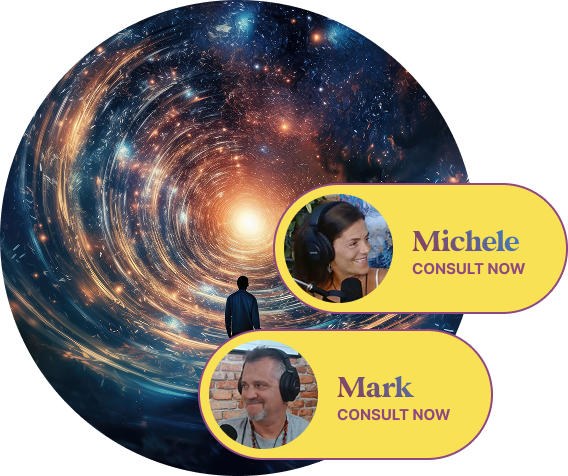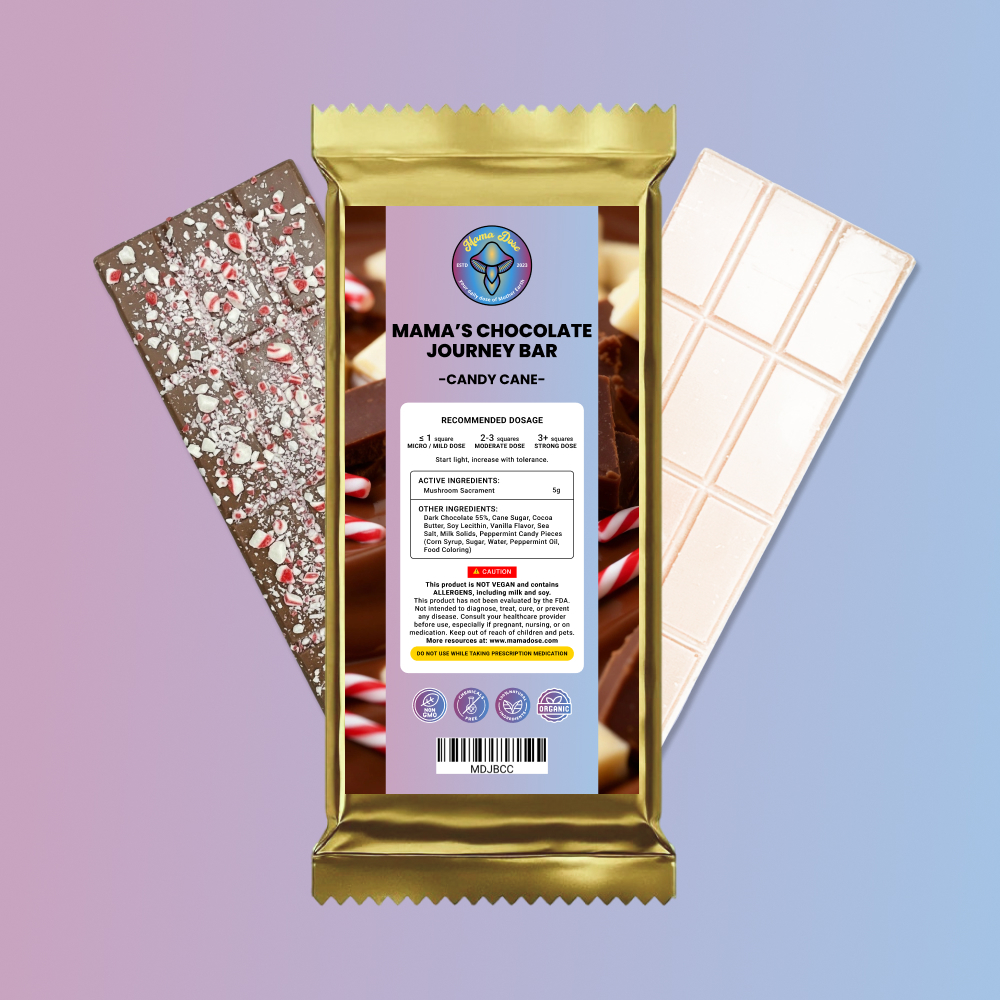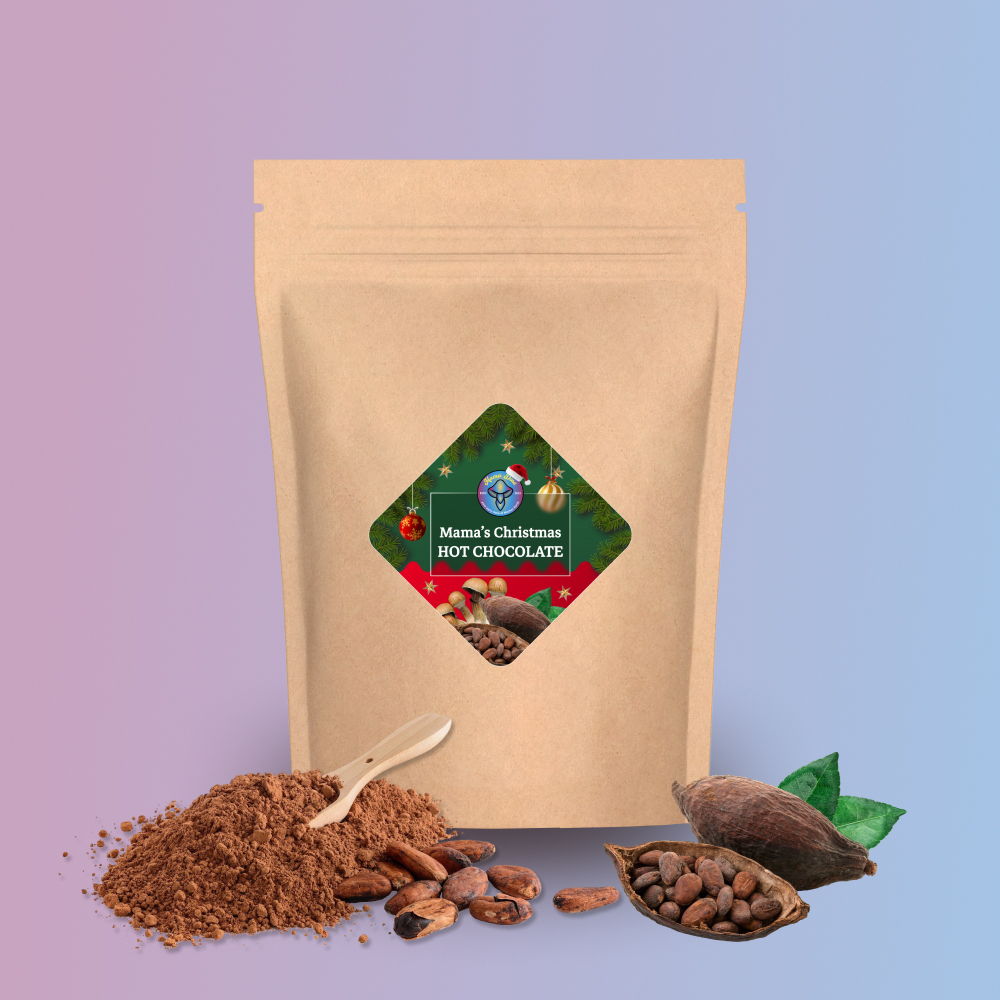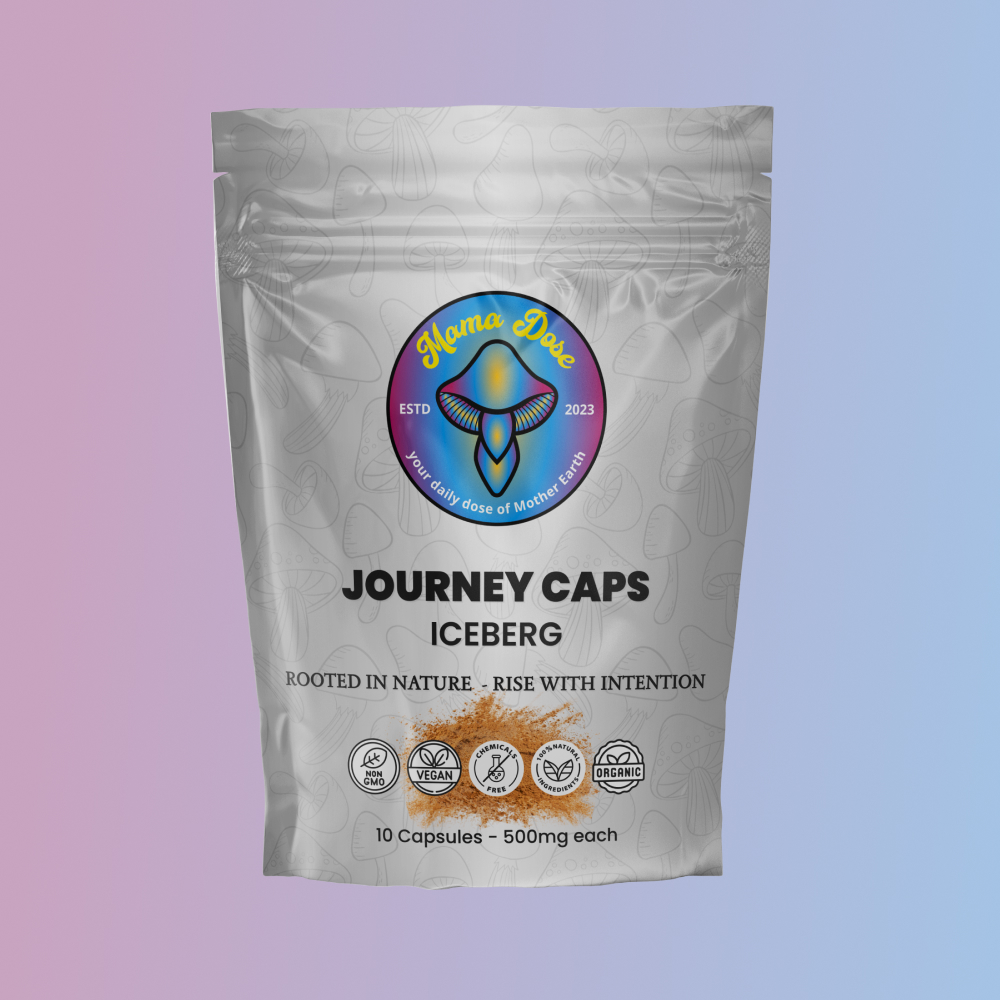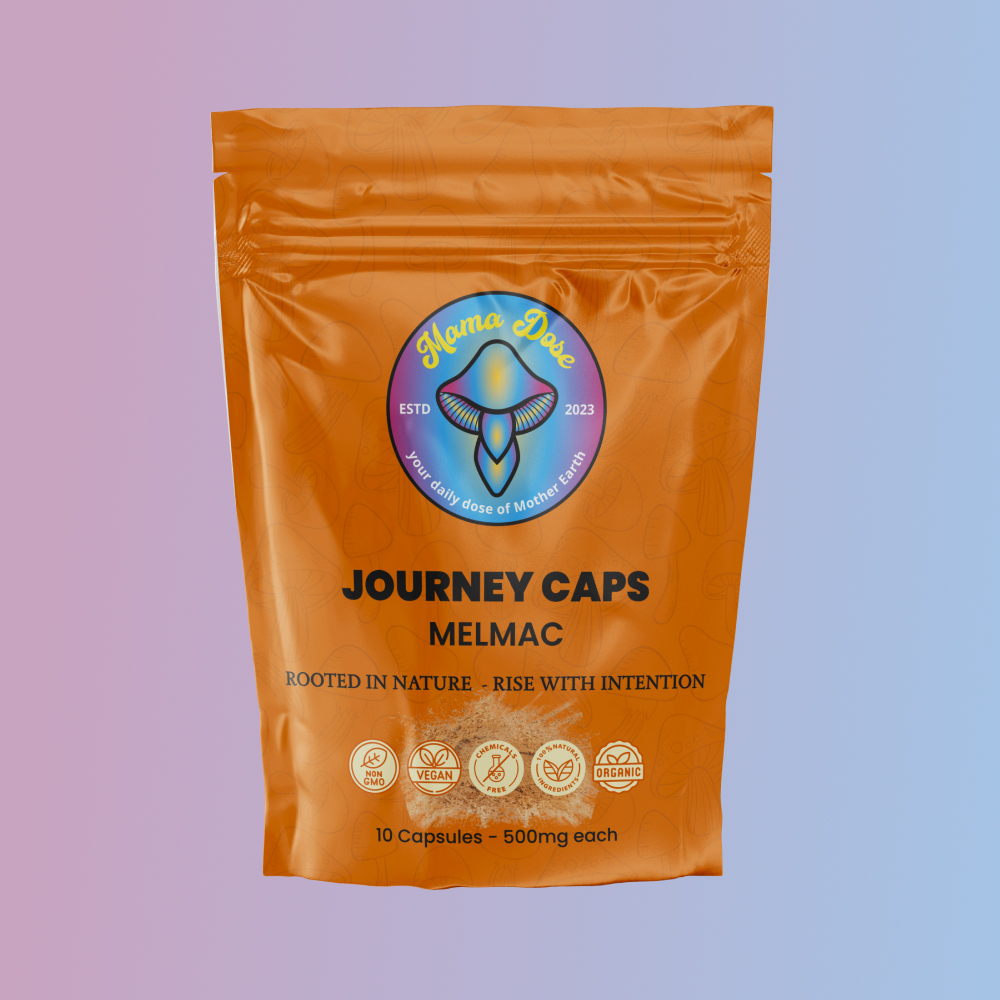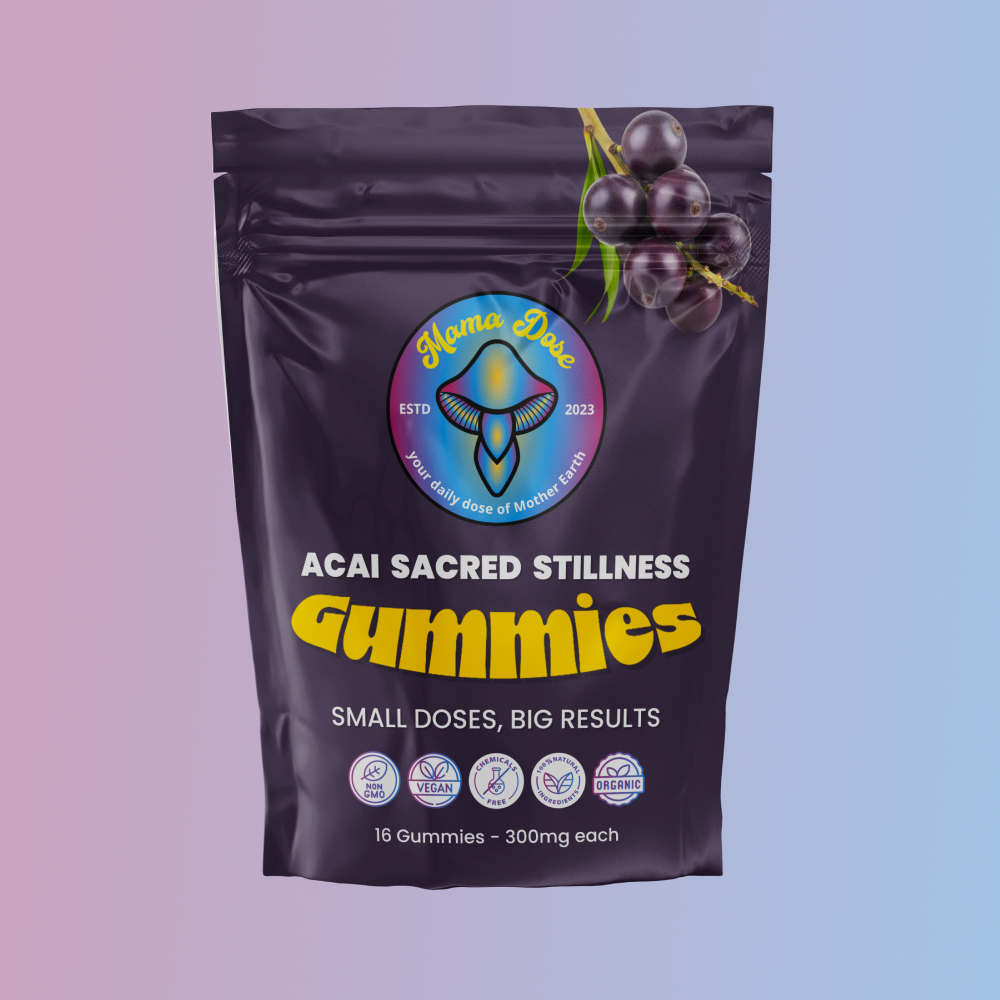Psilocybin mushrooms, often called magic mushrooms, are fungi containing psychoactive compounds that induce altered states of consciousness. These mushrooms have been used for centuries in spiritual, cultural, and recreational contexts across various societies. Their primary active ingredient, psilocybin, produces effects ranging from vivid hallucinations to profound emotional insights, making them a subject of fascination and scientific study. Historically, indigenous groups in Central and South America incorporated these mushrooms into religious rituals, while their modern resurgence has sparked interest in therapeutic applications.
Want to learn more about how psilocybin mushrooms work, the different types, and important safety tips? Keep reading to uncover what makes these mushrooms so powerful.
Understanding Psilocybin and Psilocin
silocybin mushrooms owe their psychoactive properties to two key compounds: psilocybin and psilocin. Psilocybin is a naturally occurring alkaloid found in over 200 species of fungi. Upon ingestion, the body converts psilocybin into psilocin through a process called dephosphorylation. Psilocin then interacts with serotonin receptors in the brain, particularly the 5-HT2A receptor, which is responsible for the psychedelic experience.
The effects of psilocin typically begin within 20 to 40 minutes of consumption and can last up to six hours. Users often report altered perceptions of time, enhanced colors, and a sense of connection to their surroundings. The intensity of these effects depends on the mushroom species, dosage, and individual factors such as body weight and mental state.
Read more about What Compounds are Found in Magic Mushrooms
Common Types of Psilocybin Mushrooms
Several species of psilocybin mushrooms exist, each with unique characteristics, potency, and growing conditions. Below are three of the most well-known types.
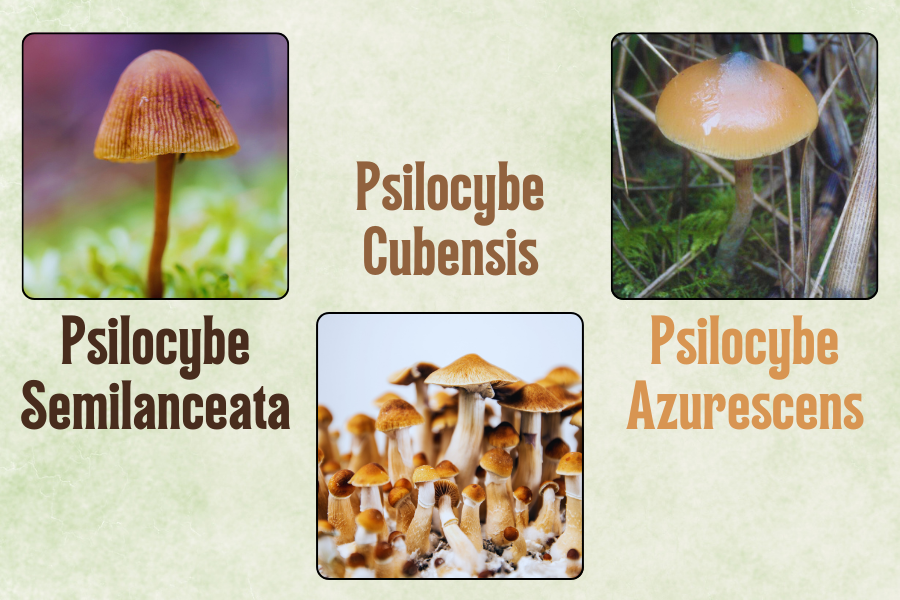
Psilocybe Cubensis
Psilocybe cubensis is the most widely cultivated and consumed psilocybin mushroom due to its ease of growth and moderate potency. It thrives in warm, humid environments, often found in grassy areas or cow pastures. This species has a golden-brown cap that darkens with age and a thick, white stem that may bruise blue when handled, a hallmark of psilocybin content. Popular strains include Penis Envy, Golden Teacher and B+ Cubensis, known for their balanced effects and accessibility. Effects from Psilocybe cubensis typically include euphoria, visual distortions, and introspective thoughts.
Psilocybe Semilanceata (Liberty Caps)
Psilocybe semilanceata, commonly known as Liberty Caps, is one of the most potent psilocybin mushrooms. These small, slender fungi have conical caps with a distinct nipple-like tip and thrive in grassy fields, particularly in temperate regions like Europe and North America. Liberty Caps are highly potent due to their high psilocybin content, producing intense visual and psychological effects even in small doses. Users often describe a strong sense of connection to nature and profound emotional experiences.
Psilocybe Azurescens (Flying Saucers)
Psilocybe azurescens is one of the most potent psilocybin mushrooms, native to the Pacific Northwest. Found in coastal woodchips, this species features a caramel-colored cap and a sturdy stem that bruises blue when touched. Known for its high psilocybin content, even small amounts can lead to intense effects like vivid hallucinations and profound introspection. While it’s a popular choice among psychonauts, its strength means it should be approached with caution.
Effects of Psilocybin Mushrooms
The effects of psilocybin mushrooms vary widely based on dosage, strain, and individual factors. They can be broadly categorized into psychological, physical, and long-term effects.
Psychological Effects
Short-term psychological effects include altered perceptions, such as enhanced colors, patterns, and sounds. Users may experience euphoria, spiritual insights, or a sense of unity with the universe. However, negative experiences, often called “bad trips,” can involve anxiety, paranoia, or confusion, particularly in unfamiliar settings or with high doses.
Physical Effects
Psilocybin mushrooms can cause physical effects like dilated pupils, an increased heart rate, and mild nausea. Some users may also experience shifts in body temperature or have difficulty with coordination. These effects are typically short-lived and fade as the psilocybin is processed by the body.
Long-Term Considerations
Long-term effects are less understood but may include positive changes in outlook, such as increased openness or reduced anxiety, as suggested by some studies. However, frequent use could lead to psychological dependence or rare cases of hallucinogen persisting perception disorder, where visual disturbances persist after use.
Therapeutic and Medicinal Benefits
Recent research highlights the potential of psilocybin mushrooms in mental health treatment. Studies from institutions like Johns Hopkins University and Imperial College London indicate that psilocybin-assisted therapy may help with depression, anxiety, PTSD, and addiction. For example, one study found that psilocybin therapy was more effective than traditional antidepressants for some patients with major depressive disorder.
Psilocybin appears to promote neuroplasticity, allowing the brain to form new connections, which may explain its therapeutic effects. It can also facilitate profound emotional breakthroughs, helping individuals process trauma or existential distress. Clinical trials are ongoing to explore its use in treating conditions like cluster headaches and obsessive-compulsive disorder.
Beyond clinical settings, some users report personal growth, enhanced creativity, or spiritual insights from psilocybin use. However, these benefits are most pronounced in controlled environments with professional guidance.
Risks and Safety Considerations
While psilocybin mushrooms are generally non-toxic, they come with risks that need careful consideration. High doses can lead to intense experiences, sometimes causing panic or disorientation, and combining psilocybin with substances like alcohol or stimulants can increase the chances of adverse reactions. People with a history of mental health conditions, such as schizophrenia, should avoid using psilocybin, as it could worsen their symptoms.
Dosage and setting play an important role. Lower doses (1-2 grams of dried mushrooms) tend to have milder effects, while higher doses (5+ grams) can be overwhelming. It’s also essential to use mushrooms in a safe, familiar environment with trusted friends. Having a sober “trip sitter” can offer reassurance and help if things take a turn.
Legally, psilocybin mushrooms remain illegal in many places, including the U.S., where they are classified as a Schedule I substance. However, some regions, like Oregon and parts of California, have decriminalized or legalized their use for therapeutic purposes. It’s important to stay informed about local laws to avoid legal issues.
How Are Psilocybin Mushrooms Consumed?
Psilocybin mushrooms can be consumed in various forms, each with distinct considerations.
Methods of Ingestion
The most common method is eating dried or fresh mushrooms, often mixed with food to mask their bitter taste. Other methods include brewing them into tea, encapsulating powdered mushrooms, or incorporating them into edibles like mushroom chocolates. Tea and edible microdosing shrooms may produce faster effects, while capsules offer precise dosing. For more experienced psychonauts Lemon Tek is also a viable option as it intensifies the onset and the overall effects.
Dosage Recommendations
Dosage depends on the mushroom species, user experience, and desired effects. A typical low dose of Psilocybe cubensis is 1-2 grams (dried), while a moderate dose is 2-3.5 grams. High doses (4-5 grams or more) are reserved for experienced users seeking intense experiences. Beginners should start with a low dose and wait at least two hours before considering more, as effects take time to manifest.
So, What are Psilocybin Mushrooms?
Psilocybin mushrooms are a fascinating natural organism with a rich history and growing potential in therapeutic contexts. They offer unique psychological and emotional experiences, from vivid hallucinations to profound insights, but their use requires caution. Understanding the different types of psilocybin mushrooms, their effects, and safe consumption practices is key to maximizing benefits while minimizing risks. Current research highlights their potential in mental health treatment, though legal and safety considerations remain important. By approaching psilocybin mushrooms with respect and knowledge, users can explore their effects responsibly, whether for personal growth or therapeutic purposes.

